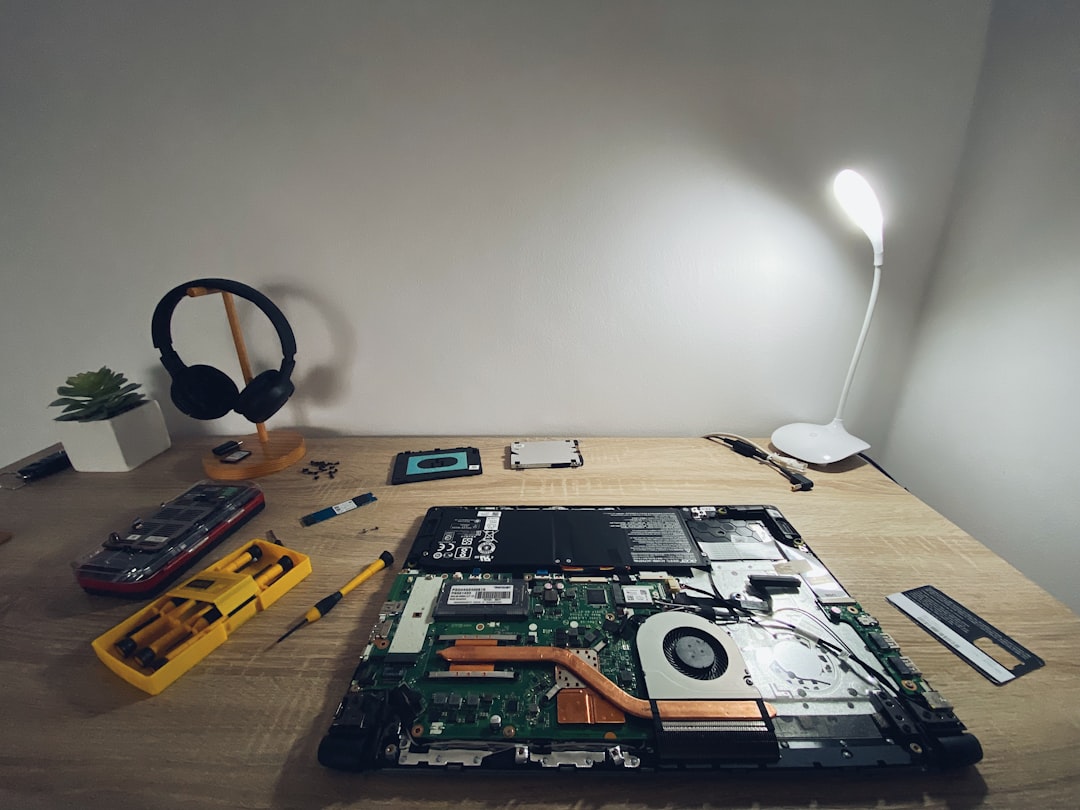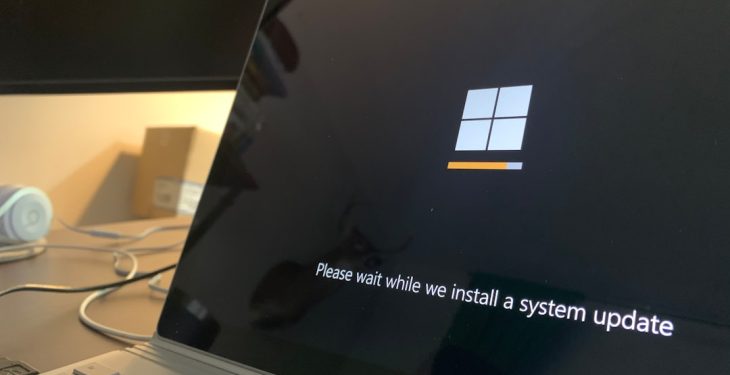If you’ve encountered the Windows Update error code 0x800f0247, you’re not alone. This common issue has been plaguing many users — especially those attempting to install updates related to system drivers or components. The error can prevent critical updates from being applied and may lead to system instability, performance issues, or even security vulnerabilities. Fortunately, there is a complete and reliable fix available that can restore your system to full functionality without the need for drastic measures.
This article will walk you through a comprehensive, step-by-step solution to resolve the error, safeguard your system’s integrity, and allow smooth update installations in the future.
What Causes Windows Update Error 0x800f0247?
Error 0x800f0247 typically indicates a mismatch or conflict with a device driver, particularly when the update requires expanded driver support or driver replacement. Common causes include:
- Outdated or corrupt device drivers
- Missing prerequisite updates
- Conflicting third-party software
- Improper system configurations
- Unknown or unsigned hardware drivers
The error is most frequently seen in updates to critical components like network adapters, storage controllers, and even chipset drivers.

Step-by-Step Guide to Fix Error 0x800f0247
1. Run the Windows Update Troubleshooter
Start by using the built-in Windows Update Troubleshooter, which can automatically detect and fix common update-related issues:
- Go to Settings › Update & Security › Troubleshoot › Additional troubleshooters.
- Select Windows Update and click Run the troubleshooter.
- Follow the on-screen instructions and apply any recommended fixes.
If the troubleshooter doesn’t resolve the error, proceed to the next step.
2. Update or Reinstall Device Drivers
Driver-related issues are a leading cause of the 0x800f0247 error. Updating drivers manually can help resolve conflicts:
- Open the Device Manager by pressing Win + X and selecting it from the list.
- Look for any devices with a yellow warning icon; right-click and choose Update driver.
- Select Search automatically for drivers.
For problematic drivers, you may need to download the latest version directly from the manufacturer’s website and install it manually.
3. Install Updates Using the Microsoft Update Catalog
If Windows Update consistently fails through the standard mechanism, using the Microsoft Update Catalog can bypass the issue:
- Visit the Microsoft Update Catalog.
- Search for the exact update KB number that’s triggering the error.
- Download the correct version for your system and install it manually.
This step is especially helpful for advanced users or IT professionals managing multiple systems.
4. Uninstall Problematic Windows Updates
In some situations, the error begins after a recent driver or security update. If this is the case, you can roll back the update:
- Open Control Panel › Programs and Features › View installed updates.
- Find and uninstall the update most recently installed before the error appeared.
After uninstalling, restart your computer and attempt the update again.

5. Use the System File Checker and DISM Tools
Corrupted system files may be blocking the update. Running SFC and DISM scans can help repair your system:
sfc /scannowAfter running SFC, use the following DISM command:
DISM /Online /Cleanup-Image /RestoreHealthOnce completed, reboot and run Windows Update again.
Prevent Future Update Issues
To reduce the risk of running into error 0x800f0247 again, follow these prudent practices:
- Keep your drivers updated – Use trusted sources or driver updater tools.
- Regularly check for system updates – Don’t postpone important updates.
- Backup before updating – Especially when major driver or OS updates are involved.
Final Thoughts
Dealing with Windows Update error code 0x800f0247 can be frustrating, but it’s not unfixable. By following the steps outlined above – from updating drivers and using the Update Catalog to performing a complete system file repair – you can restore your system’s ability to update and ensure its long-term health and security.
Your PC deserves stability and performance. Address this error decisively and you’ll eliminate a major obstacle from your digital life.
